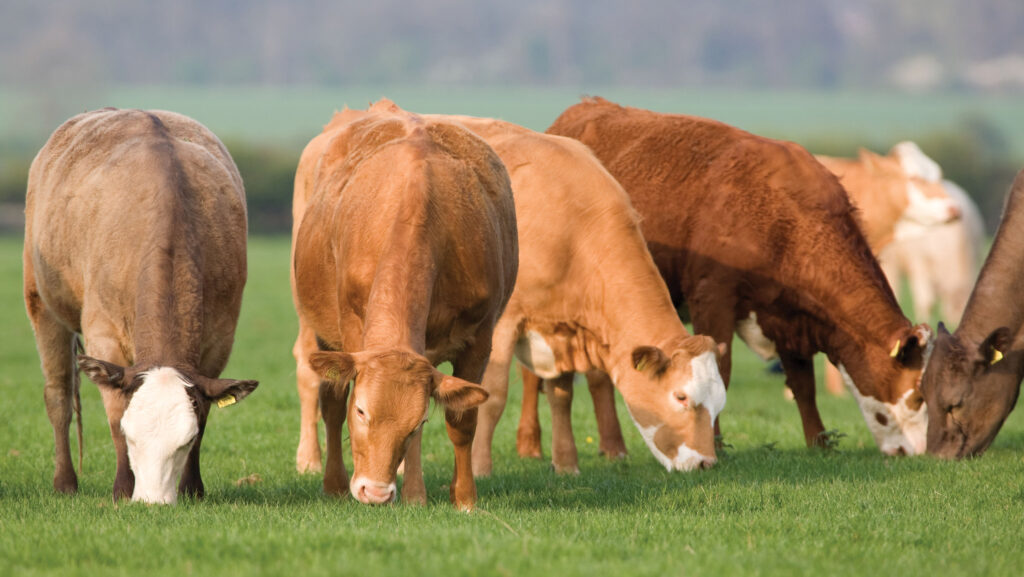Business Clinic: What should my grazing agreement include?
 © Tim Scrivener
© Tim Scrivener Whether it’s a legal, tax, insurance, management or land issue, Farmers Weekly’s Business Clinic experts can help.
Caroline Raspison, associate, Carter Jonas, Truro, advises on a grazing agreement.
See also: Business Clinic – what is needed in silage supply agreement?
Q: I am offering a grazing agreement for one year on 94 acres of land in Cornwall, split into five level fields.
The soils are freely draining slightly acid loam and some clay/sand. The land has metered mains water, (which will be charged separately according to use), and stock-proof fencing.
It is envisaged that this will be re-offered for up to a further four years once the first year has run. The land will mainly be grazed by cattle but the agreement is not restricted as to stock type.
The grazier will be responsible for the stock, general maintenance including cutting one hedge, and keeping the land free of certain weeds.
What should the agreement include and what is a fair value for the grazing please?
A: Getting a suitable written agreement in place is key, but what agreement is suitable will depend on the circumstances.
There are several agreement types for the occupation/use of land, but the situation described here sounds most likely to be a licence or tenancy arrangement.
Licences are often used because they are perceived to be more flexible, and sometimes so that the landowner can benefit from being considered a “farmer” for various purposes, including tax reliefs.
Case law has proven, however, that it is what is happening on the ground that is key, not just what is on paper; so I would advise “calling a spade a spade” and putting the most appropriate agreement in place from the start, based on the true circumstances.
Specialist advice would be required, but I would also exercise caution in relying on licence agreements to maintain “farmer” status for inheritance tax relief or other purposes, as HMRC and other relevant bodies are looking at these arrangements more closely all the time.
In this case, where the occupier is doing more than only taking grass off the land (through mowing and/or grazing it), and the occupier has exclusive use of the land, a tenancy arrangement may be more appropriate than a licence.
I would suggest asking a suitable professional to prepare the appropriate agreement, to ensure it is fit for purpose in meeting your objectives while protecting both parties’ interests.
The following are key terms most likely to appear in a tenancy or licence agreement:
- Term (start and end date, or a periodic agreement)
- Rent/licence fee (and any mechanism for reviewing it) and liability for any other rates/charges (such as for water)
- Permitted use (and any restrictions)
- “Alienation” clauses (usually prohibiting any assignment, subletting or sharing of possession)
- Repairing/maintenance and any other obligations of the parties
- Any rights/benefits reserved to the landowner (natural capital assets being a hot topic at the moment)
- Provisions for bringing the agreement to an end
- How any end of tenancy compensation will be dealt with, if applicable.
Parties have the flexibility to agree the specifics of these terms to suit both sides.
There are some default provisions under legislation to be aware of, and seek advice upon, before entering into an agreement (on the ground or on paper), so that these can be considered and the written agreement drafted accordingly to meet the parties’ objectives and expectations.
Licence fees for grazing would tend to sit higher than rents under farm business tenancies for grassland, due to the increased responsibility put onto a tenant (and costs saved by the landowner) under a tenancy versus a true licence arrangement.
Many aspects will impact value, including but not necessarily limited to:
- Physical attributes (location, quality, fencing, water supply, accessibility)
- Local supply and demand and what type of enterprises are competing for land in the area
- Agreement terms (how restrictive/onerous they are, or not).
Very generally speaking I would expect good quality grassland, with fencing and water, to achieve in the region of £120 to £150/acre, but there will be instances of rent/licence fees outside of this range, in both directions, depending on the circumstances.
Putting land on the market and inviting offers is a sure-fire way to sound out the true market value.
Do you have a question for the panel?
Outline your legal, tax, finance, insurance or farm management question in no more than 350 words and Farmers Weekly will put it to a member of the panel. Please give as much information as possible.
Email your question to FW-Businessclinic@markallengroup.com using the subject line “Business Clinic”.
